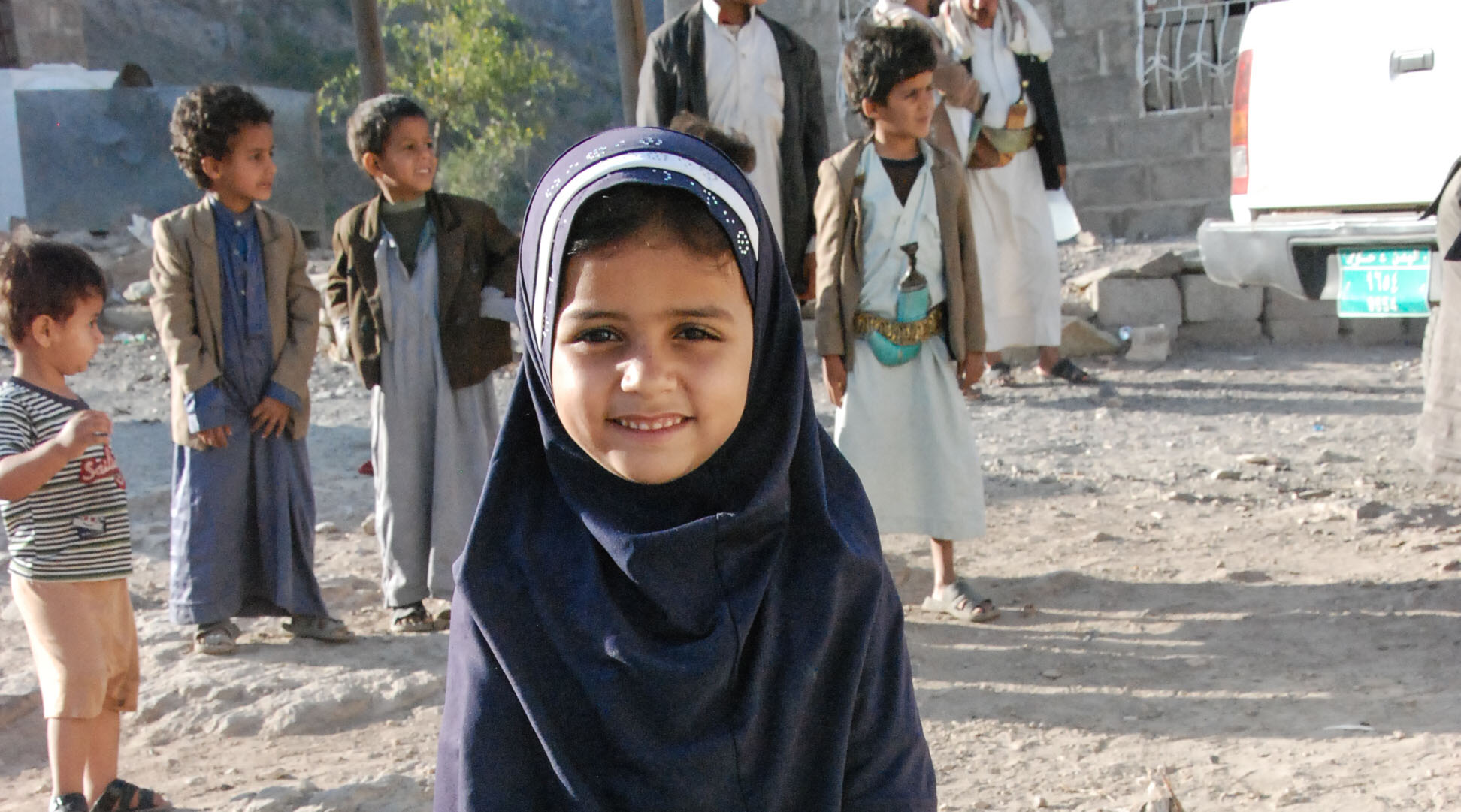This case study on how to strengthen the nutritional impact of humanitarian and development assistance in Yemen offers an overview of the political, economic, humanitarian and nutrition context and explores wider efforts to strengthen the humanitarian-development nexus (HDN), before describing and analysing nutrition programmes in the country.
Even before the 2015 outbreak of widespread conflict, Yemen was experiencing extreme and protracted poverty and humanitarian needs. The country is now divided into two main areas of control: the north, largely controlled by Houthi rebels, and the south, run by the internationally recognised government. The economy has shrunk massively, resulting in decreased public service delivery capacity across sectors. As a consequence, Yemen is experiencing the largest humanitarian crisis in the world. In 2019, the United Nations (UN) estimated that 24.1 million people—80 percent of the population—were in need of humanitarian assistance, of which 10 million were one step away from starvation. As of 2018, more than 3 million people—including 2 million children—were acutely malnourished. Yemen has the world’s second-highest level of stunted children under 5 years of age, with the conflict reversing previous improvements, increasing 1.7 percent between 2016 and 2018.
The request for humanitarian funding has increased annually, from US$1.8 billion in 2016 to US$4.2 billion in 2019. About 15 percent of the request is for activities aimed at building the population’s resilience and strengthening public institutions, although these interventions have tended to be underfunded. In 2017, the UN developed a strategic framework to capture more developmental interventions that were not included in the Humanitarian Response Plans (HRPs). Development resources have accounted for approximately 26 percent of all international assistance allocated to Yemen since 2015 (US$4.5 billion out of a total of US$17 billion). During 2019, the UN has been developing a plan to improve humanitarian-development coherence and effectiveness with a key aim of scaling up longer-term assistance to mitigate underlying risks and vulnerabilities.
Since the start of the conflict, there have been concerted efforts to implement a range of activities to treat acute malnutrition and address the underlying causes, including through longer-term programmes beyond the HRPs. Collectively, humanitarian and development programmes have contributed to urgent needs being met, famine being prevented and key national institutions being able to continue operating. However, needs continue to outstrip the available capacities and resources, and levels of acute malnutrition and stunting remain extremely high.
Two key factors limit potential to reduce rates and risk of undernutrition: coordination and financing. Coordination between humanitarian and development actors is inadequate, partly as a consequence of the capacity of the national Scaling Up Nutrition (SUN) secretariat in Yemen and the reticence of some humanitarian actors to work with it. Whilst some donors have led the way in providing longer-term financing to address underlying causes of undernutrition, especially in more stable parts of the country, there is still strong political risk aversion to providing this type of assistance.
Nutrition stakeholders need to leverage the high-level commitment being demonstrated by the UN, World Bank and many other partners to strengthen the HDN and ensure that addressing all forms of undernutrition is a priority in both development and humanitarian plans. They need to join with others in building the case being made for multiyear, flexible financing to address underlying risks and vulnerabilities, as well as meeting humanitarian needs; and they need to agree on a common position and approach on the role of engagement with the national SUN secretariat in Yemen.


